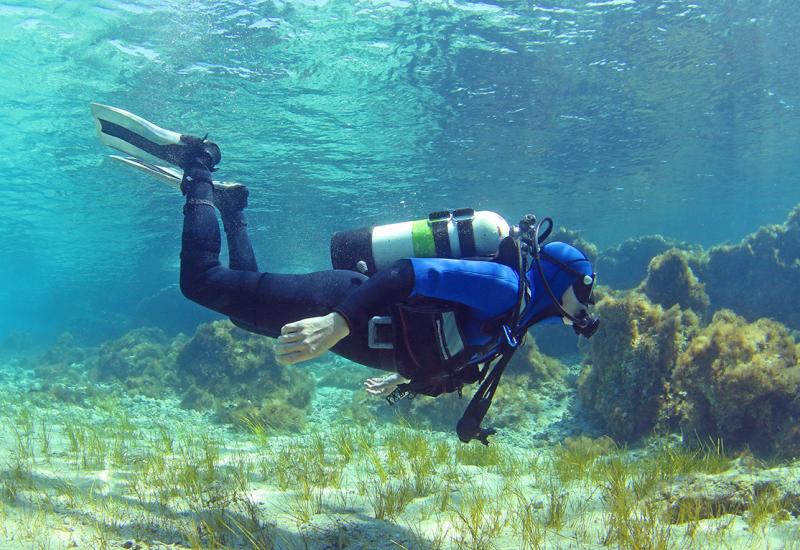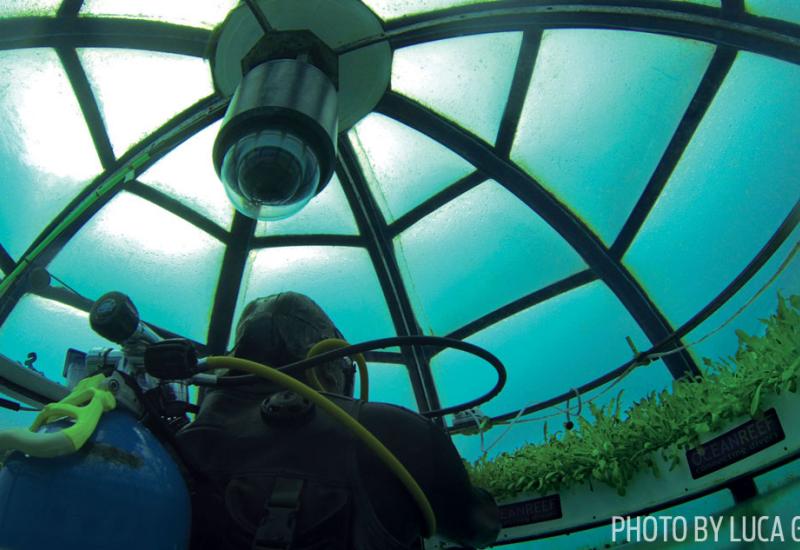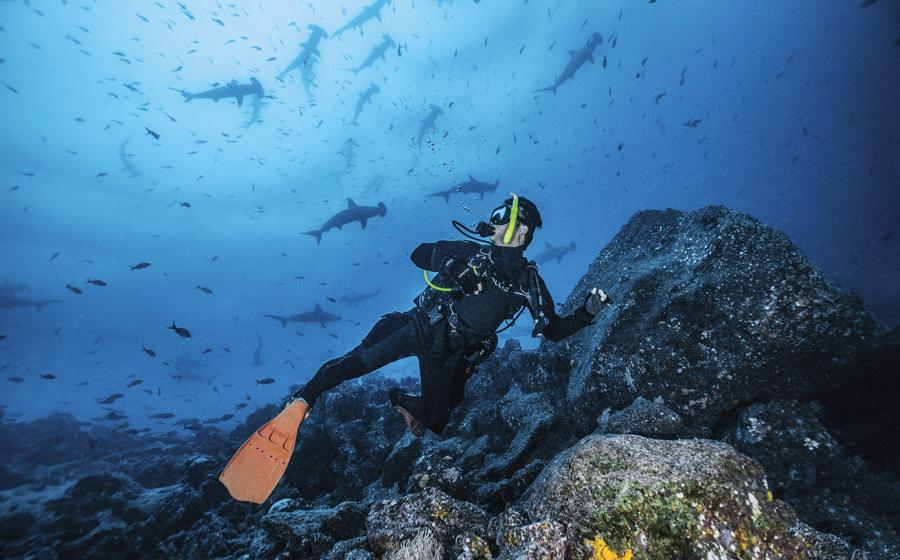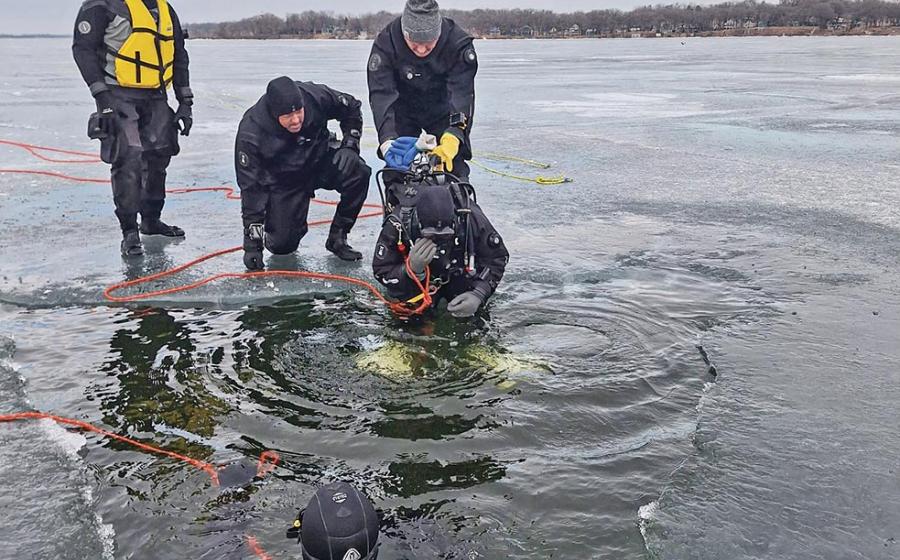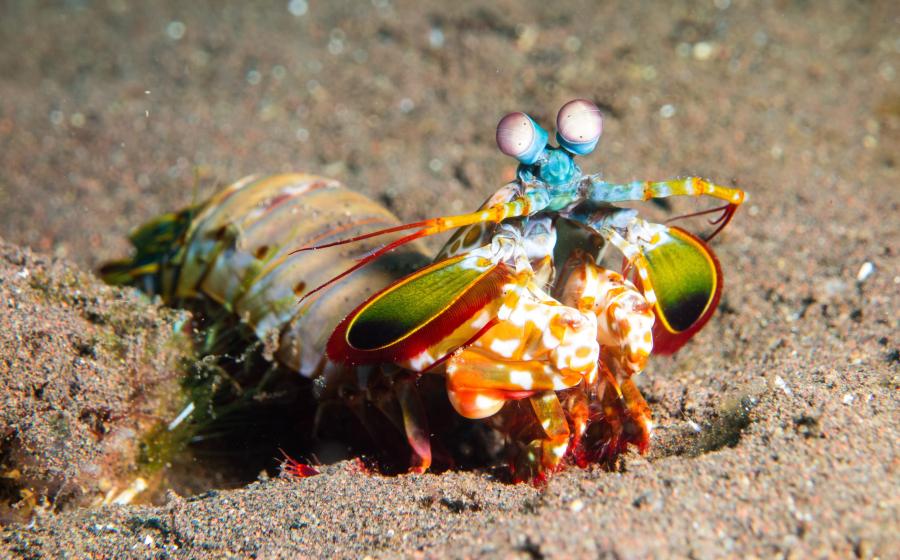A Dolphin Tale
Off the northern Italian fishing village of Camogli — in the Ligurian Sea — local fishermen use a centuries-old traditional fishing method called the tonnarella.
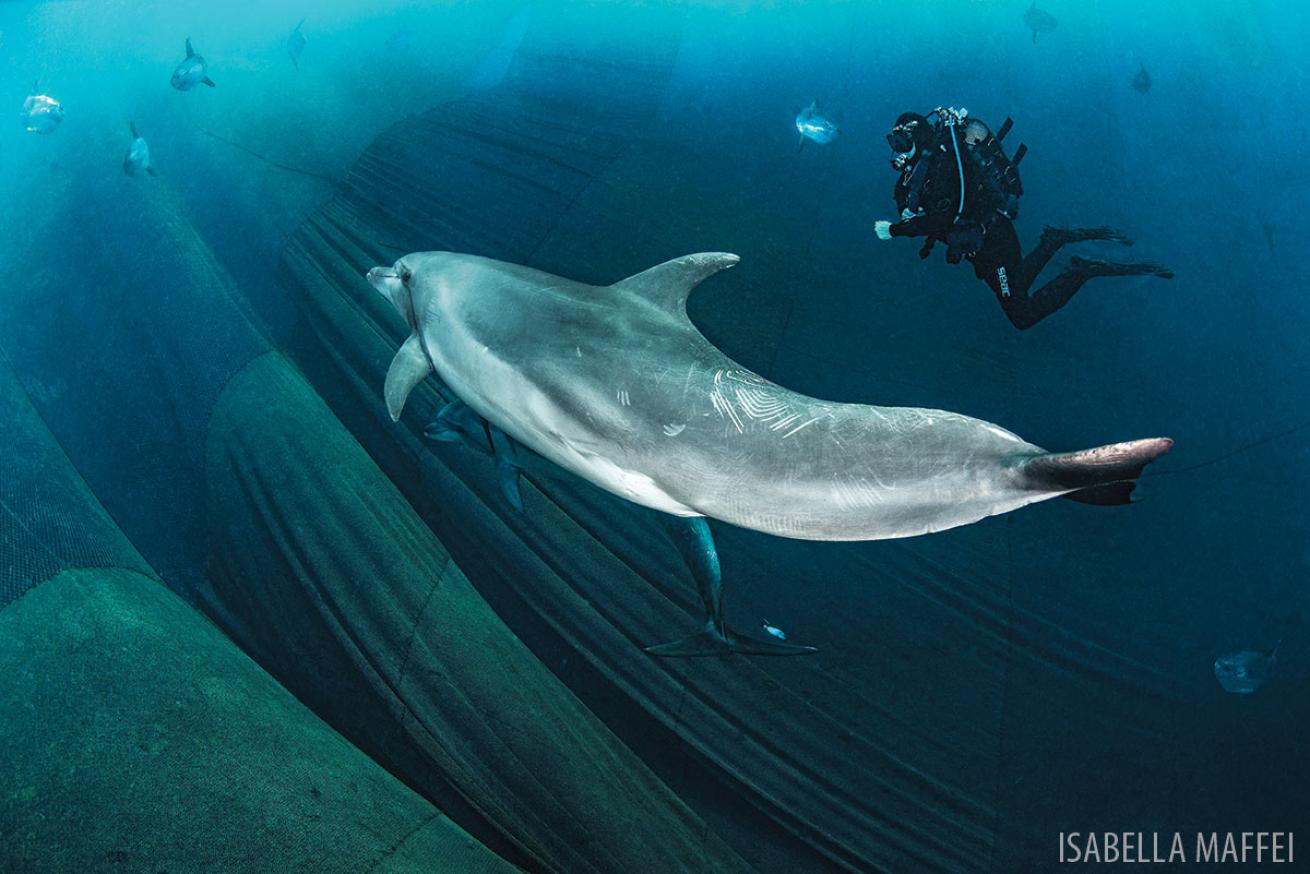
Isabella MaffeiBehind the Shot
From April to late September, the fishermen use a maze of nets handmade from coconut fibers that extend from the surface of the water to the seabed and are placed to force tuna and other species into a central closed net. Their method has remained unchanged since the Middle Ages: The net is raised three times a day — at dawn, during the morning and in the afternoon. Colonized by marine organisms, the nets can be difficult to detect by migratory ocean species. Once, tuna was the main catch; today, the haul is a mix of mackerel, Atlantic bonito, saddled sea bream, amberjack and small tuna.
Sometimes noncommercial species are trapped, but as far as I know, this was the first time someone documented dolphins caught inside. According to tradition, the animals that are not of commercial value are lowered back into the sea and are expected to find their way to freedom.
These dolphins did not seem frightened by their situation. One pushed down the net using its nose, and the other freed itself rolling around on its belly. I took this photo just after they both escaped. Other trapped animals, sadly, are not as fortunate.

